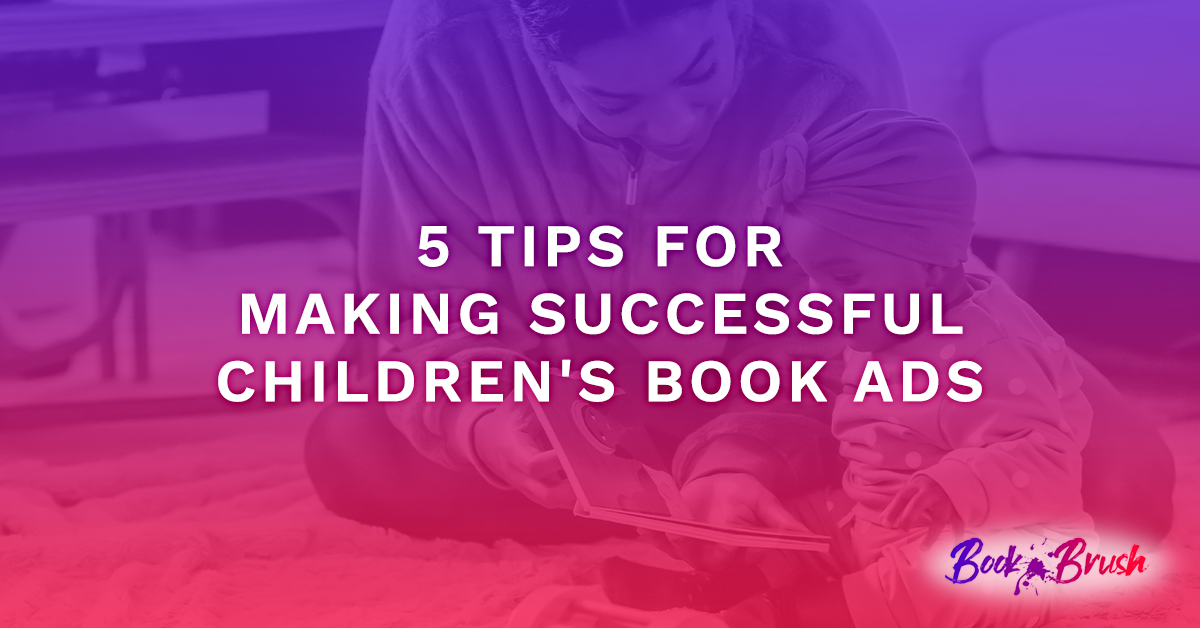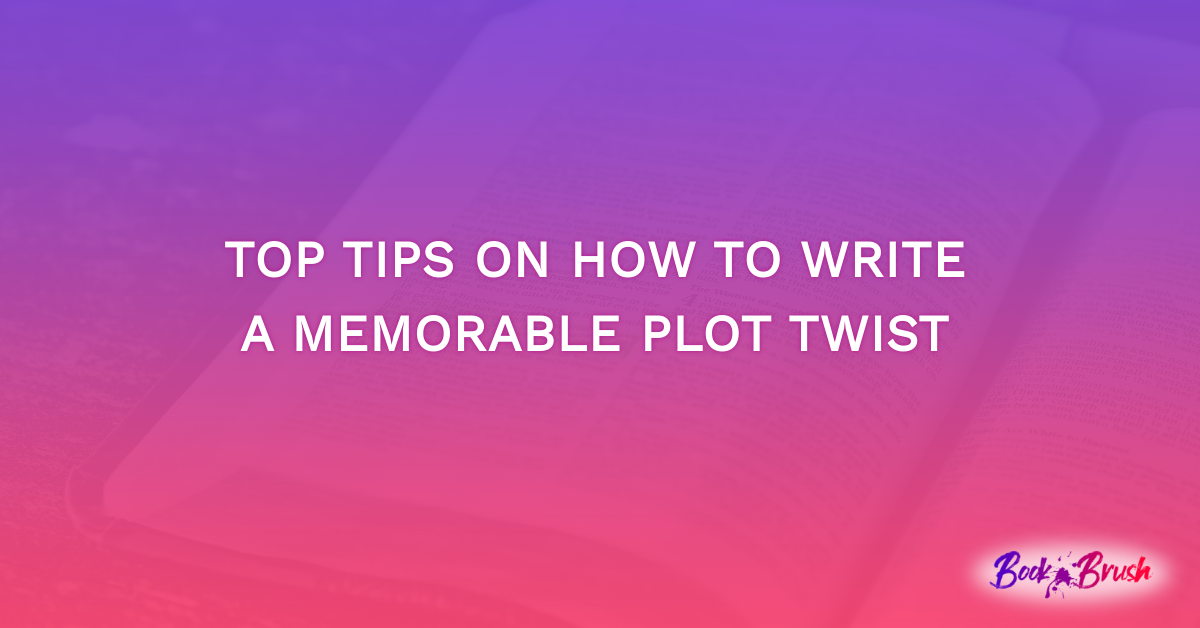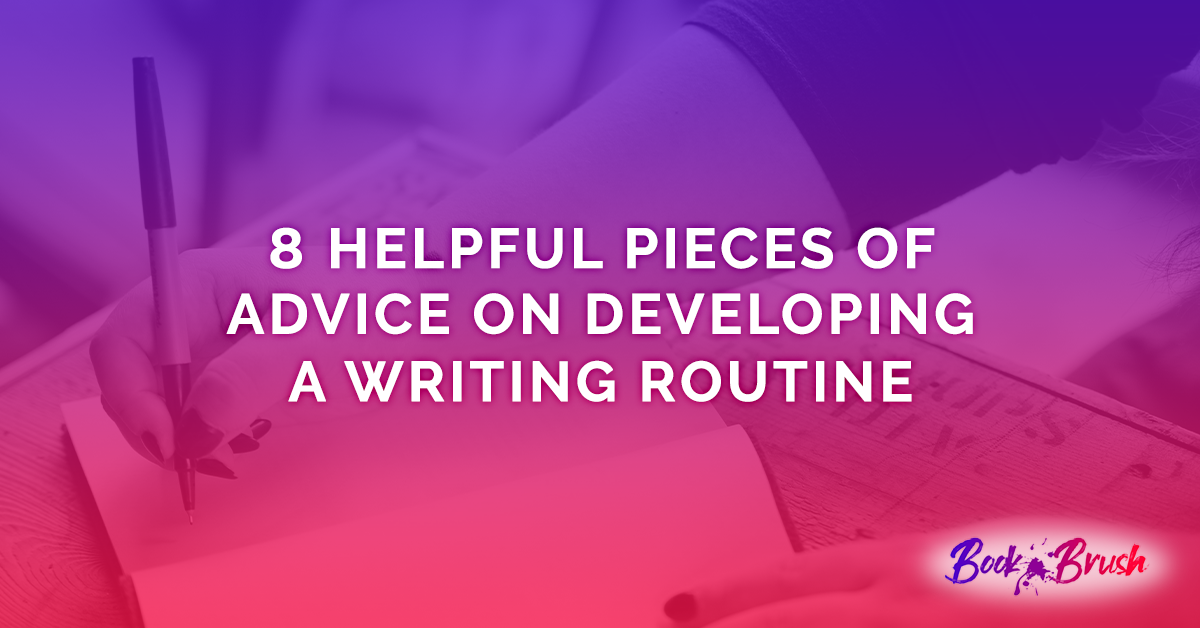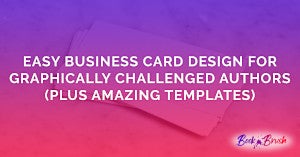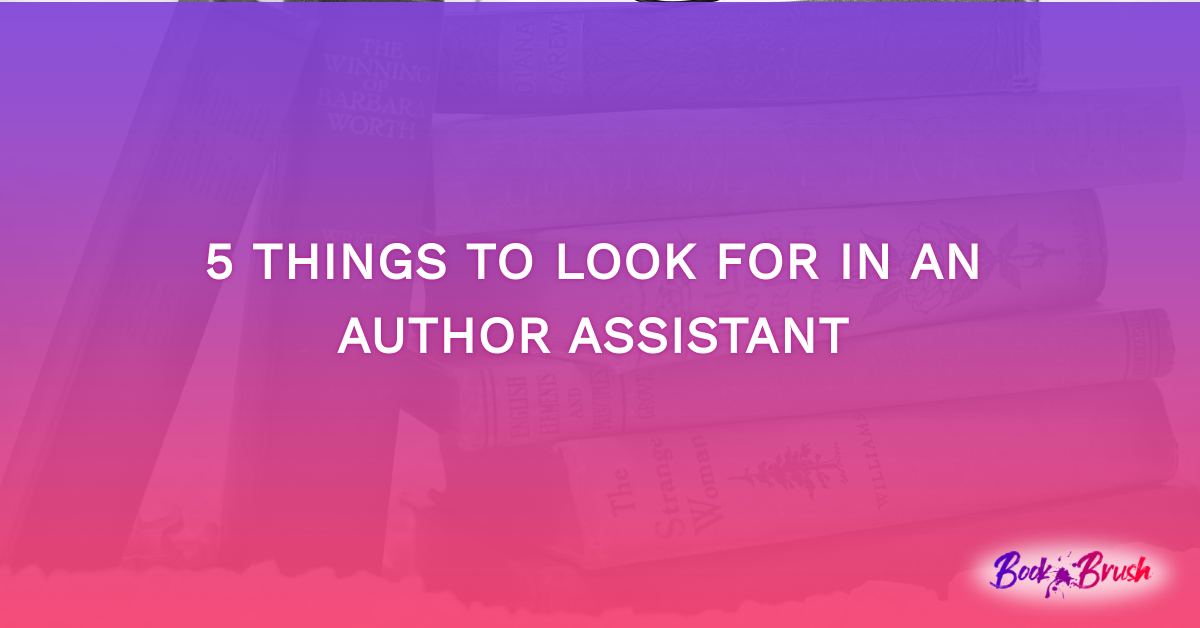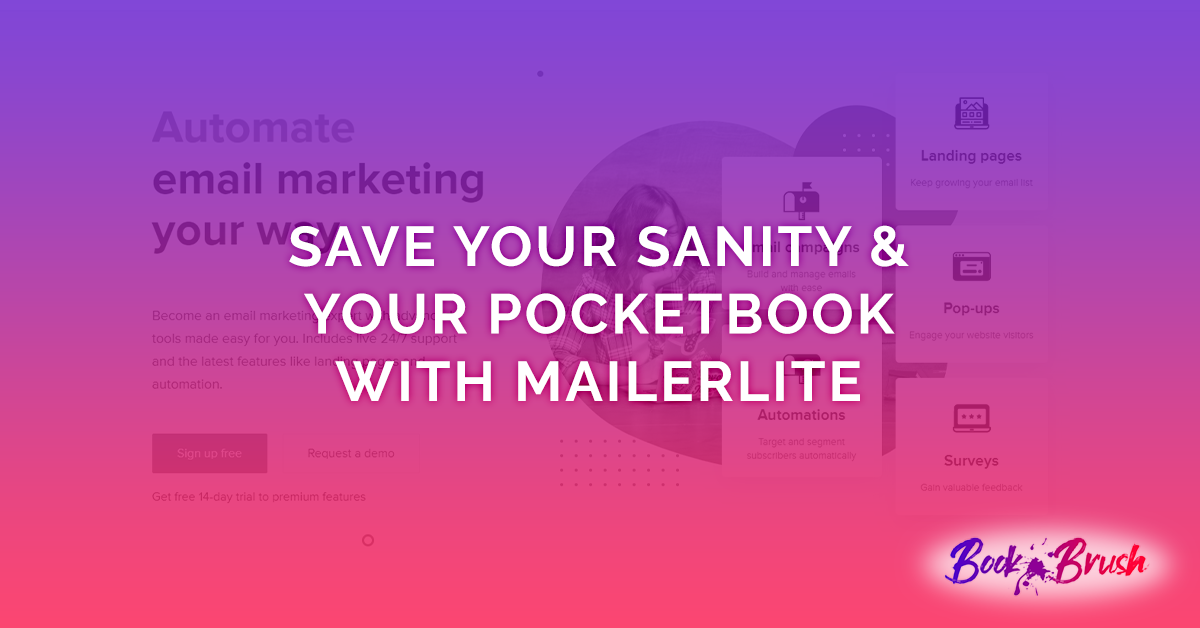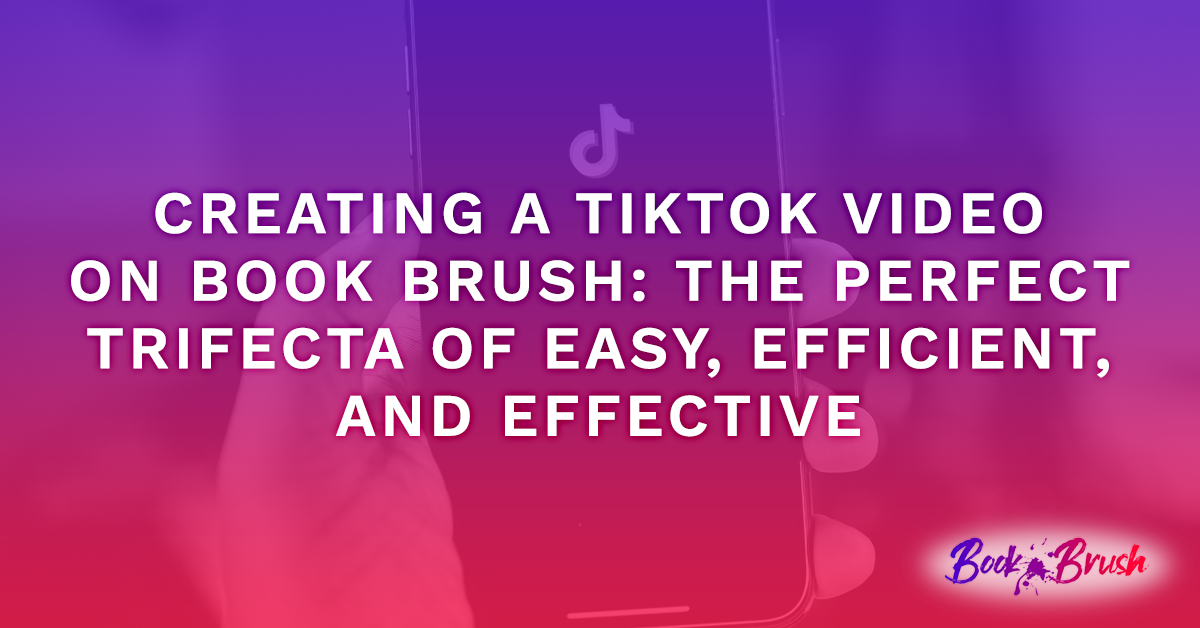Writing a children’s book is no easy task. Many people decide to write a children’s book thinking “Really, how hard could it be?”
But, unlike writing a novel, children’s books require illustration and design choices that may be unfamiliar to those of us who write science fiction books (hint-hint) or other text-heavy stories.
Plus, there comes the additional problem of advertising children’s books. Who do you advertise for? The parent or the kid, or both? When it comes to design, one has to think about these things and even more.
That’s why, for this guest post, I’ll share with you 5 tips for making successful children’s book advertisement designs. By taking these tips into account, you’ll be well equipped to navigate the murky waters of children’s book advertising more effectively and efficiently.

https://pixabay.com/photos/book-asia-children-boys-education-1822474/
Now onto the tips!
Tip #1: Know Your Buyer
One of the first questions many children’s book authors ask is, “Should I advertise to the parent or the child?”
The answer is an infuriating “Both.” Before you start creating your children’s book ads, you must know your buyer. And for most children’s books, the buyer is a parent or grandparent. But this doesn’t mean that you should ignore the children’s aspect of book marketing.
After all, those adults who make up the vast majority of children’s book sales are looking for books that their children will like. And, usually, they’re looking for a book that will be good for more than one read.
In short, the book must appeal to the child and the adult who will fork over their money for a copy of your book. But how do you do that? Follow these tips:
Keep the tone playful and the language simple.
- Develop a snapshot of your ideal customer (most children’s book buyers are female and between 30 and 44 years old).
- When done well, the cover of your book should serve as the backbone for your ads.
- When experimenting with ad copy, start with what your book is about and how it will help the children who read it (i.e. overcoming bullying, strengthening developmental skills, dealing with divorce, making friends, etc.)
Once you know who you’re advertising to, you’re on your way to creating great children’s book ads. But before we get to actual ad creation, let’s talk about book formats.
Tip #2: Age Range Informs Book Format
There are many different levels of children’s books. And not all of them have the same facets and patterns. Here’s a quick look at the various children’s book categories.
- Picture Books – Ages 2 to 8 – Rely heavily on illustrations to tell the story.
- Easy or Emerging Reader Books – Ages 4 to 9 – Includes illustrations, but they’re secondary. Can look like a picture book or a chapter book.
- Chapter Books – Ages 7 to 10 – Few illustrations (if any).
- Middle-Grade Books – Ages 8 to 12 – More often these are short books (fiction or nonfiction) with no pictures aside from the cover.
- Young Adult – The popular and ever-expanding YA market (12 to 18) which is beyond the scope of this article.
When people say “Children’s books,” they can mean any of the above sub-markets. Young Adult books generally aren’t confused with children’s books, but I included it to give an idea of where Children’s books stop, and YA books start.
Still, where your book sits on this spectrum is important. It can inform the ads you make. For example, sales of Picture books and Emerging Reader books are almost exclusively hardcover. These two markets sell almost no ebooks whatsoever.
However, Chapter Books and Middle-Grade books cater to kids that are a little more technologically savvy than the younger kids. Children in these age ranges may have access to smartphones, tablets, and e-readers. This means that e-books make up a larger portion of sales, even if print books still reign supreme.

https://pixabay.com/photos/childrens-books-books-reading-cup-1246675/
So making an ad promoting picture books on an e-reader is probably a waste of time. Instead, you need to focus on selling the hardcover version. The adults buying these books need to be able to imagine holding the book in their hands and reading it to their child or children, not swiping through a tablet or e-reader.
Luckily, this is easy to do with tools like Book Brush’s Instant Mockups. You can choose mockups that are ideal for your particular reader group (and their parents). It only takes a couple of minutes to get a professional-looking mockup since the tool just plugs your cover into the picture. I’ve included some examples below.

Book Brush Instant Mockup

Book Brush Instant Mockup
Tip #3: Word and Color Choices for Children’s Book Ads
Believe it or not, word and color choices for children’s book ads are very important. The ads themselves need to portray the fun, enlightening, and educational purposes of the children’s book you’re trying to sell.
Although you’re selling to adults, you need to walk the fine line between attracting the reader and the buyer. Remember that the adults buying these books are looking at them through the lens of the child or children they’re buying them for. If you focus on what both the child and the parent will get out of the book in as few words as possible, you should see a good ratio of clicks to sales.
Comparing your book to other, well-known children’s book authors is also a good idea. “Your children will love this rhyming adventure about the power of friendship, great for fans of Dr. Seuss and Roald Dahl…”
The color combination you choose should be similar. Branding is important for children’s books just as it is for adult fiction and non-fiction. If your book is full of pinks and whites, choose complementary colors with which your book can stand out while staying consistent with your branding.

https://pixabay.com/illustrations/read-book-students-study-of-2841722/
Tip #4: Social Media Ads Are Your Friend
Tip number four is a gentle reminder that social media platforms are your friend when selling children’s books. But you must pick and choose which ones you focus on. Spreading your focus too thin is never a good idea.
Again, think of your ideal buyer. Where does she (or he) hang out? Mommy groups on Facebook? Is she on Twitter or Instagram? Believe it or not, Pinterest can be an excellent place to spread the word about your children’s book.
Women make up the vast majority of Pinterest users, which aligns well with the market for children’s book buyers. And since that particular social media platform is visual-based, you can have all kinds of fun creating images from your books.

https://pixabay.com/illustrations/storytelling-fantasy-imagination-4203628/
Plus, children’s book buyers can be fiercely loyal when they find something they like and that their kids enjoy. If you can manage to hook them with one book, you can turn them into evangelists, bringing them through your catalogue. From there, you can use social media to build your brand, helping you turn those fiercely loyal fans into even more fans!
If you write books for more than one age group, you could continue to be a part of many children’s lives through your books, helping them learn and grow as humans. How cool is that?!
Tip #5: Don’t Neglect Email Marketing
The last tip on the list has to do with ever-powerful author newsletters. Some children’s book authors seem to neglect this aspect of book selling, even as other authors see enormous success from it. But you can kind of see where they’re coming from. After all, when was the last time you met a 5-year-old with an email account?
But when you focus on the parents of that 5 year old, email marketing is still a great way to develop a following and sell more books. You can use all the tactics that authors use to sell their books with adult audiences, just tweak them a little bit. Instead of just providing value to the recipient of the email, you’re providing value to them and their children all at once.

https://pixabay.com/illustrations/e-mail-marketing-online-marketing-2745489/
Having an engaged mailing list is also great for getting feedback on your ads and ad copy. After all, the people that are on your mailing list are your target demographic. By providing them with different ads once in a while and asking them which they like better, you can get valuable feedback which can help you optimize your ads.
Just don’t get carried away with asking your mailing list about these things. They’ll be happy to give you this kind of feedback once in while, but the rest of the time it’s best to provide them (and their little ones) value.
Whether you use giveaways, mailing list swaps, or simply talk about your own kids and your journey as a parent, email marketing is a great way to build and maintain a following.
Bonus Tip: Book In-Person Events
Children’s book authors also thrive by doing in-person events at libraries and schools. Although in-person is a little tough at the moment, when things get as close to normal as they’re going to be, you can get a leg up on the competition by having these networking events scheduled.
These events can come about as a direct result of your email and social media marketing. So don’t be afraid to ask once in a while. The rest of the time, provide value, entertainment, and education to parents and their little ones!
 Article by Dave Chesson
Article by Dave Chesson
Dave is the creator of Kindlepreneur.com, a website devoted to teaching advanced book Marketing which even Amazon KDP acknowledge as one of the best by telling users to “Gain insight from Kindlepreneur on how you can optimize marketing for your books.” Having worked with such authors as Orson Scott Card, Ted Dekker and more, his tactics help both Fiction and Nonfiction authors of all levels get their books discovered by the right readers.
